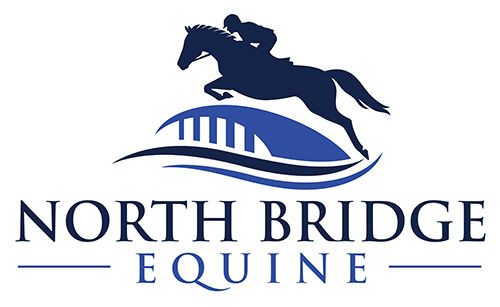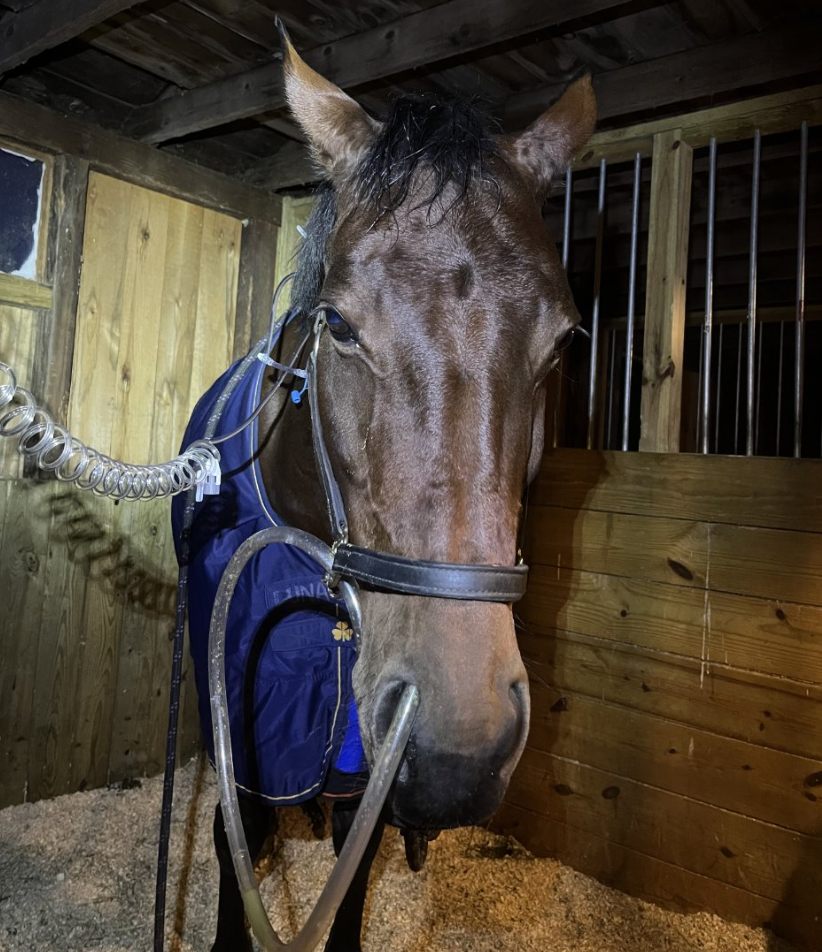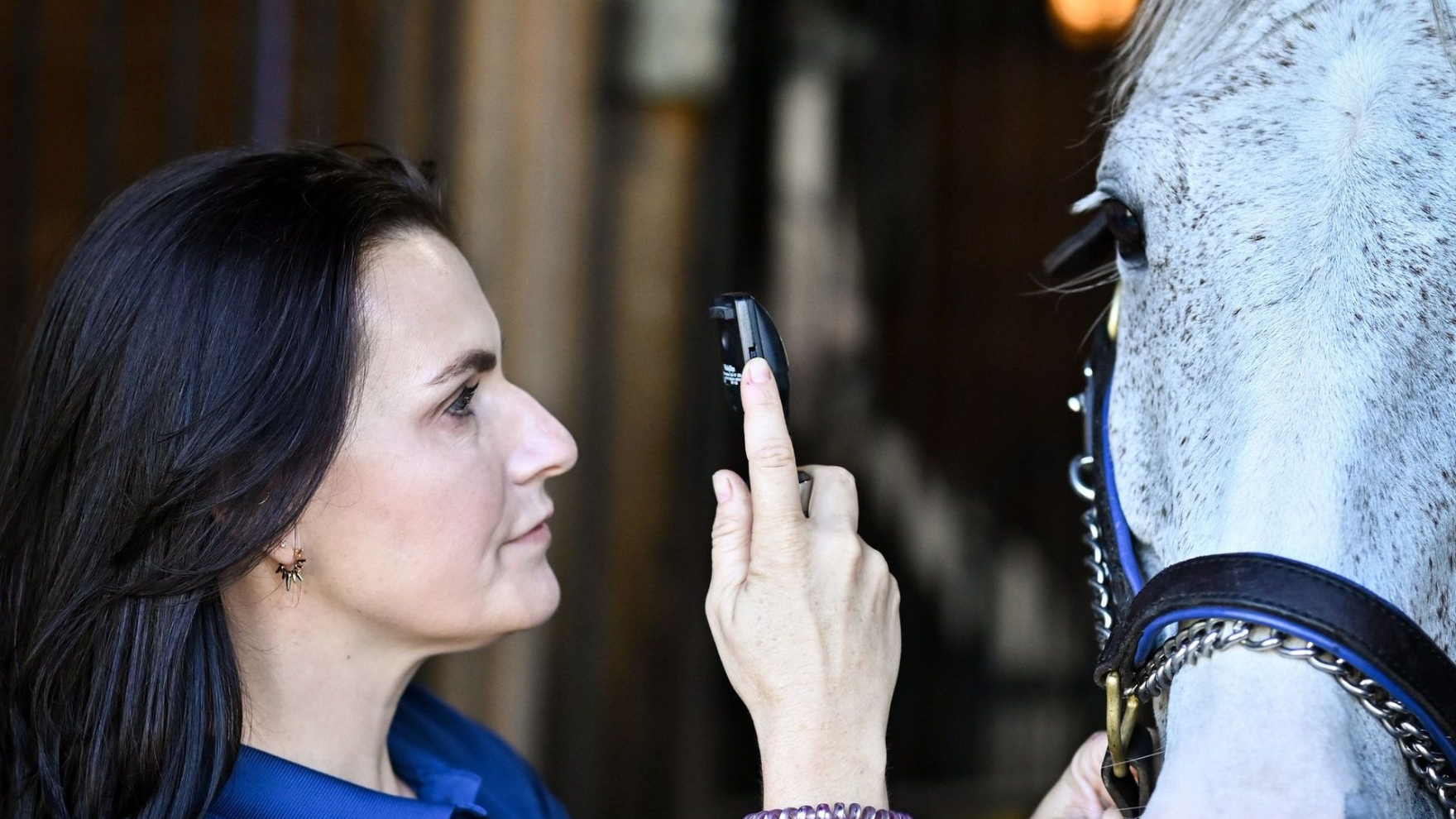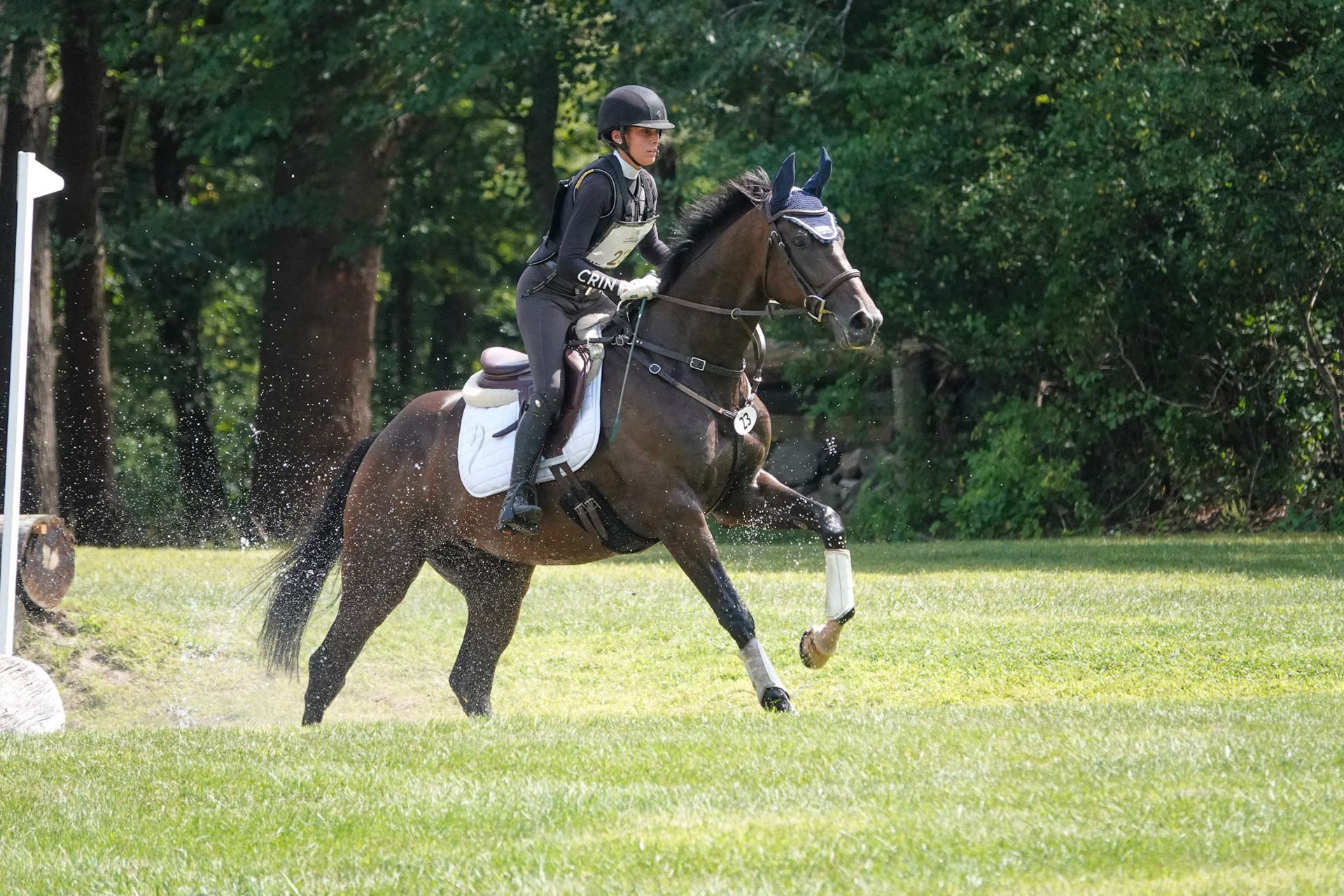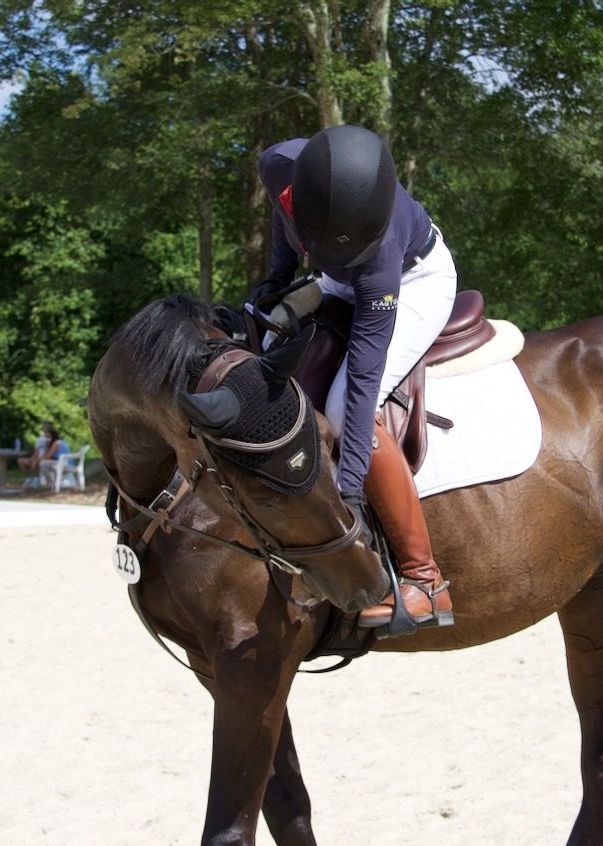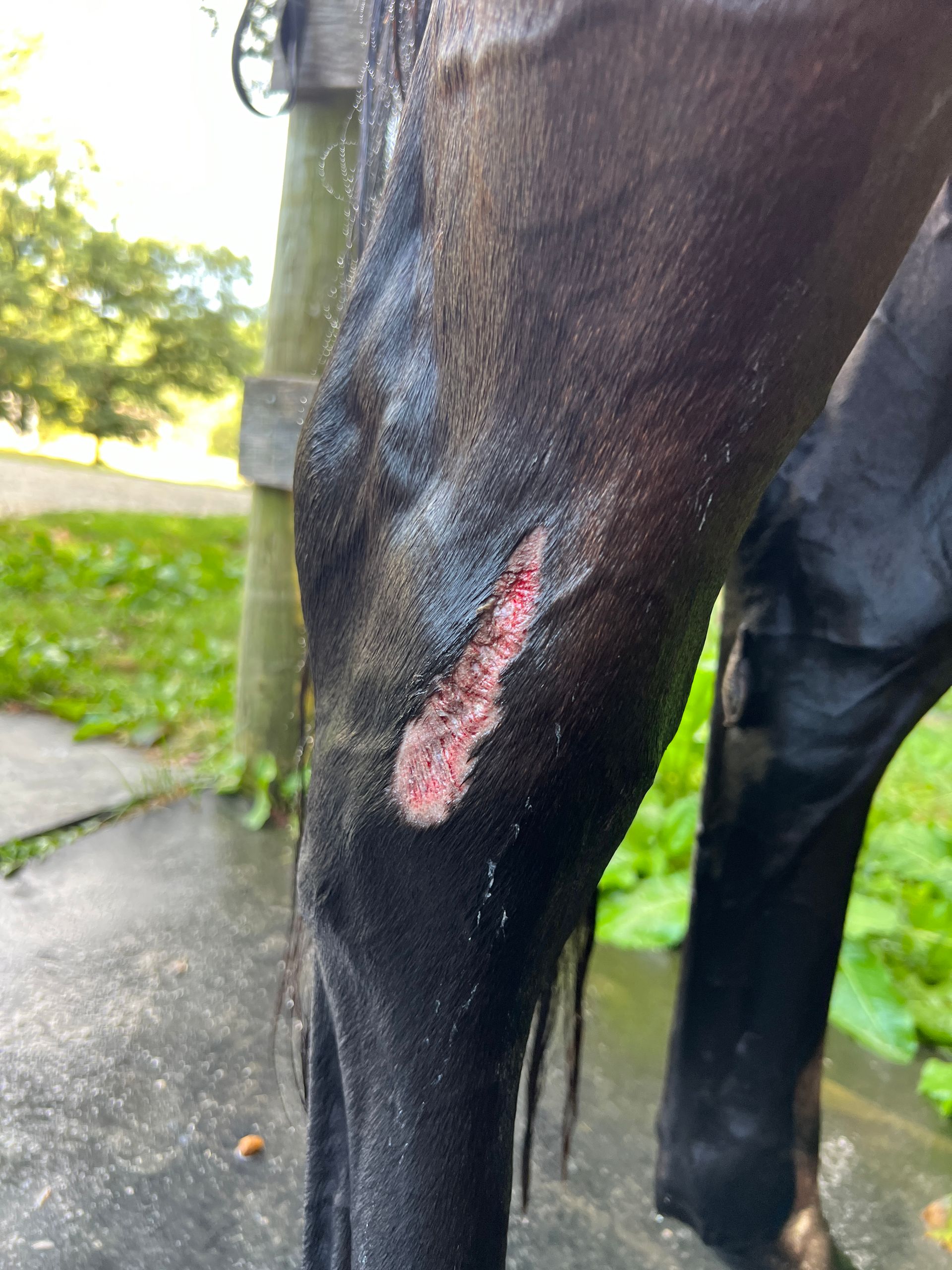Blog
Home
/ Blog
Spring Wellness Exams and Vaccines
Stephanie R. Shen, DVM • March 24, 2025
Keeping your horse healthy coming out of winter and into the more active time of year (for all of us)
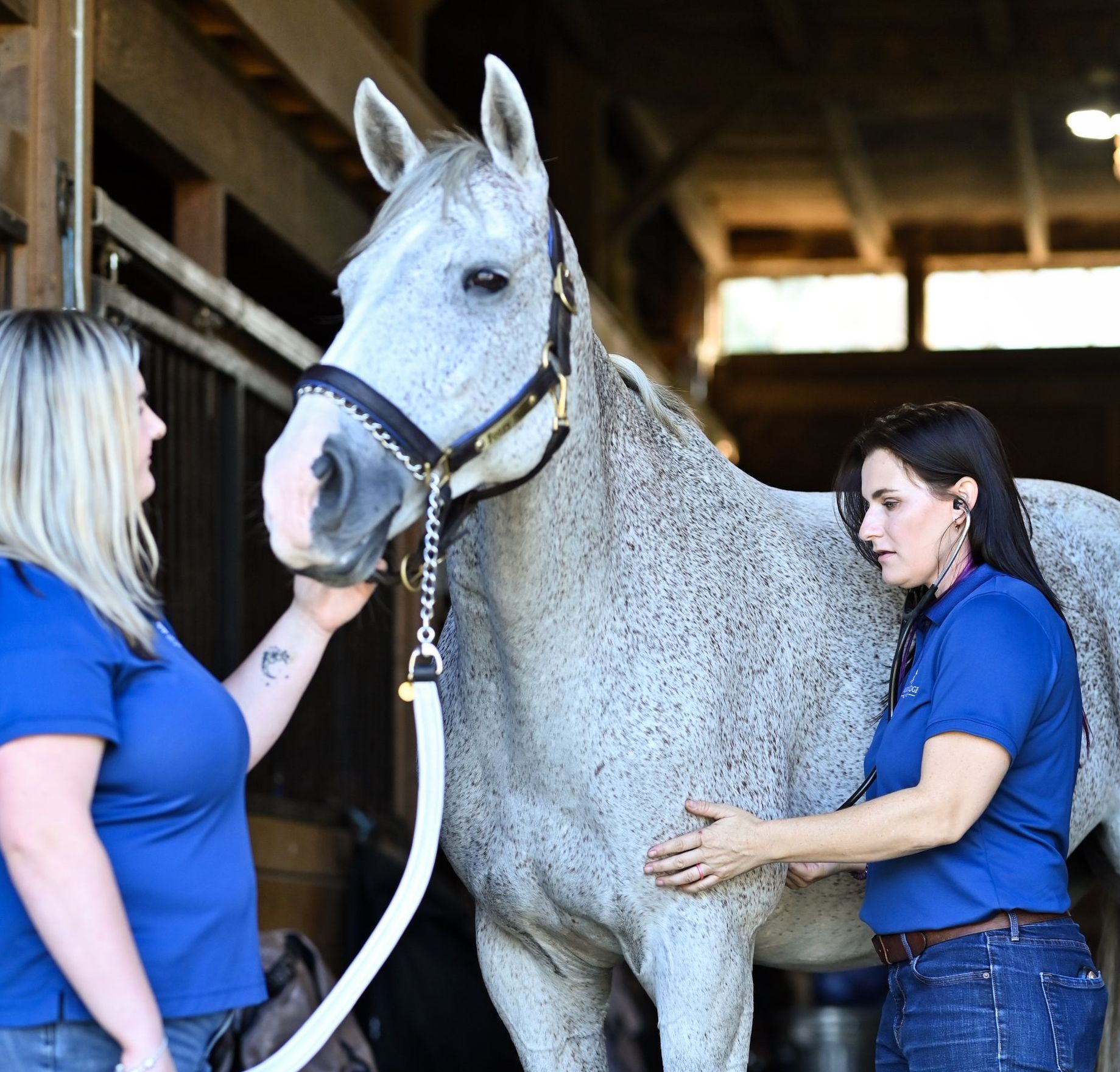
North Bridge Equine offers a comprehensive preventative care and vaccination program for your horse. Sport horses usually receive vaccinations divided into 2-3 appointments approximately two weeks apart. Pleasure horses may receive vaccination in 1 or 2 visits dependent on use, age, and any history of reactions to vaccines. We suggest spring vaccination be completed between March and May.
Why do we vaccinate?
Communicable diseases are frustrating, costly, time consuming and sometimes scary. Fortunately we have effective vaccines that can reduce the risk of contracting disease or the severity in the event your horse does actually get sick. While no vaccine is 100% effective, the efficacy and safety of the vaccines we administer to horses is very high. North Bridge Equine selects the vaccines we use based on efficacy studies and low reactivity levels. While some horses may still react to vaccines, there are methods we can use to decrease the severity of reaction. Rarely does a horse have a consistently severe enough reaction or other co -morbid condition that may make vaccination inappropriate. For these horses we recommend vaccine titers to target which vaccines they need and when.
Why can’t we just do titers and forego vaccination altogether?
The beauty of vaccination in livestock that live in groups is a phenomenon called herd immunity. This means that if the majority of the population is protected against disease through natural exposure or vaccination, the few that either don’t respond to vaccination, get missed, or can’t be vaccinated for medical reasons are effectively protected as well. Once we stop vaccinating the herd immunity rate goes down and every animal is more at risk. While titers are useful for specific cases, we use them sparingly and in cases of medical need in order to protect the immunity of the herd. If we didn’t vaccinate and simply titered everyone it’s possible that the herd immunity could fall low enough to have breakthrough disease.
What vaccines do we recommend?
Potomac/Rabies combo-
Rabies is an invariably fatal virus. Rabies vaccine is the most effective vaccine we have available and due to the possibility for human exposure, is required by NBEA to be a patient. Potomac horse fever is a mayfly/snail vectored bacterial disease that is more prevalent near water and in wet conditions. While we fortunately did not see much of this disease in the Northeast for many years, it has become more common in recent years.
EWT/WNV-
Eastern and Western Equine Encephalitis (EEE & WEE) & West Nile Virus are neurologic viruses which spread to horses by mosquitos. These are diseases are usually fatal. The diseases cannot be spread from horse to horse. The immunity for EEE and WEE is short lived providing protection fro only about 6 months in most horses. NBEA recommends a once yearly vaccine in the spring for all horses with boosters in the late summer of the local prevalence of disease is high and before traveling south for winter. EEE is usually fatal but some horses can pull through with extreme supportive care.
Tetanus-
Tetanus is caused by the toxin of a soil bacteria that infects horses through puncture wounds or lacerations. It causes complete paralysis, including the heart. Horses are uniquely susceptible to tetanus and require annual booster of this vaccine.
Influenza/Rhinopneumonitis ("Flu/Rhino")-
These are viral infections of the respiratory tract causing fever, cough and nasal discharge. While rarely fatal, they are extremely contagious and spread rapidly through barns and show grounds. This vaccine is required within 6 months for all horse’s showing at USEF rated shows.
Strangles-
A bacteria that is highly infectious to horses of any age. It is transmitted through direct contact of infected horses and indirect contact with anything the infected horse is in contact with, including handlers, buckets, tack, ect. Common clinical signs include fever and thick nasal discharge. Noteworthy is that Strangles is classified as a reportable disease in Massachusetts, triggering mandatory quarantine measures for affected farms. While the vaccine can be administered intranasally or orally, it does not provide full immunity but effectively reduces the severity of the illness.
Botulism-
Another bacterial spore borne disease, botulism is fatal without early diagnosis and treatment. It is present in the dirt in some geographic regions and can be found in contaminated water and round or compressed hay bales. The vaccine is highly effective and has one of the lowest reactivity rates. We recommend this vaccine to anyone feeding round or compressed bales or horses traveling south to Aiken for the winter.
Rabies is an invariably fatal virus. Rabies vaccine is the most effective vaccine we have available and due to the possibility for human exposure, is required by NBEA to be a patient. Potomac horse fever is a mayfly/snail vectored bacterial disease that is more prevalent near water and in wet conditions. While we fortunately did not see much of this disease in the Northeast for many years, it has become more common in recent years.
EWT/WNV-
Eastern and Western Equine Encephalitis (EEE & WEE) & West Nile Virus are neurologic viruses which spread to horses by mosquitos. These are diseases are usually fatal. The diseases cannot be spread from horse to horse. The immunity for EEE and WEE is short lived providing protection fro only about 6 months in most horses. NBEA recommends a once yearly vaccine in the spring for all horses with boosters in the late summer of the local prevalence of disease is high and before traveling south for winter. EEE is usually fatal but some horses can pull through with extreme supportive care.
Tetanus-
Tetanus is caused by the toxin of a soil bacteria that infects horses through puncture wounds or lacerations. It causes complete paralysis, including the heart. Horses are uniquely susceptible to tetanus and require annual booster of this vaccine.
Influenza/Rhinopneumonitis ("Flu/Rhino")-
These are viral infections of the respiratory tract causing fever, cough and nasal discharge. While rarely fatal, they are extremely contagious and spread rapidly through barns and show grounds. This vaccine is required within 6 months for all horse’s showing at USEF rated shows.
Strangles-
A bacteria that is highly infectious to horses of any age. It is transmitted through direct contact of infected horses and indirect contact with anything the infected horse is in contact with, including handlers, buckets, tack, ect. Common clinical signs include fever and thick nasal discharge. Noteworthy is that Strangles is classified as a reportable disease in Massachusetts, triggering mandatory quarantine measures for affected farms. While the vaccine can be administered intranasally or orally, it does not provide full immunity but effectively reduces the severity of the illness.
Botulism-
Another bacterial spore borne disease, botulism is fatal without early diagnosis and treatment. It is present in the dirt in some geographic regions and can be found in contaminated water and round or compressed hay bales. The vaccine is highly effective and has one of the lowest reactivity rates. We recommend this vaccine to anyone feeding round or compressed bales or horses traveling south to Aiken for the winter.
Recent Posts
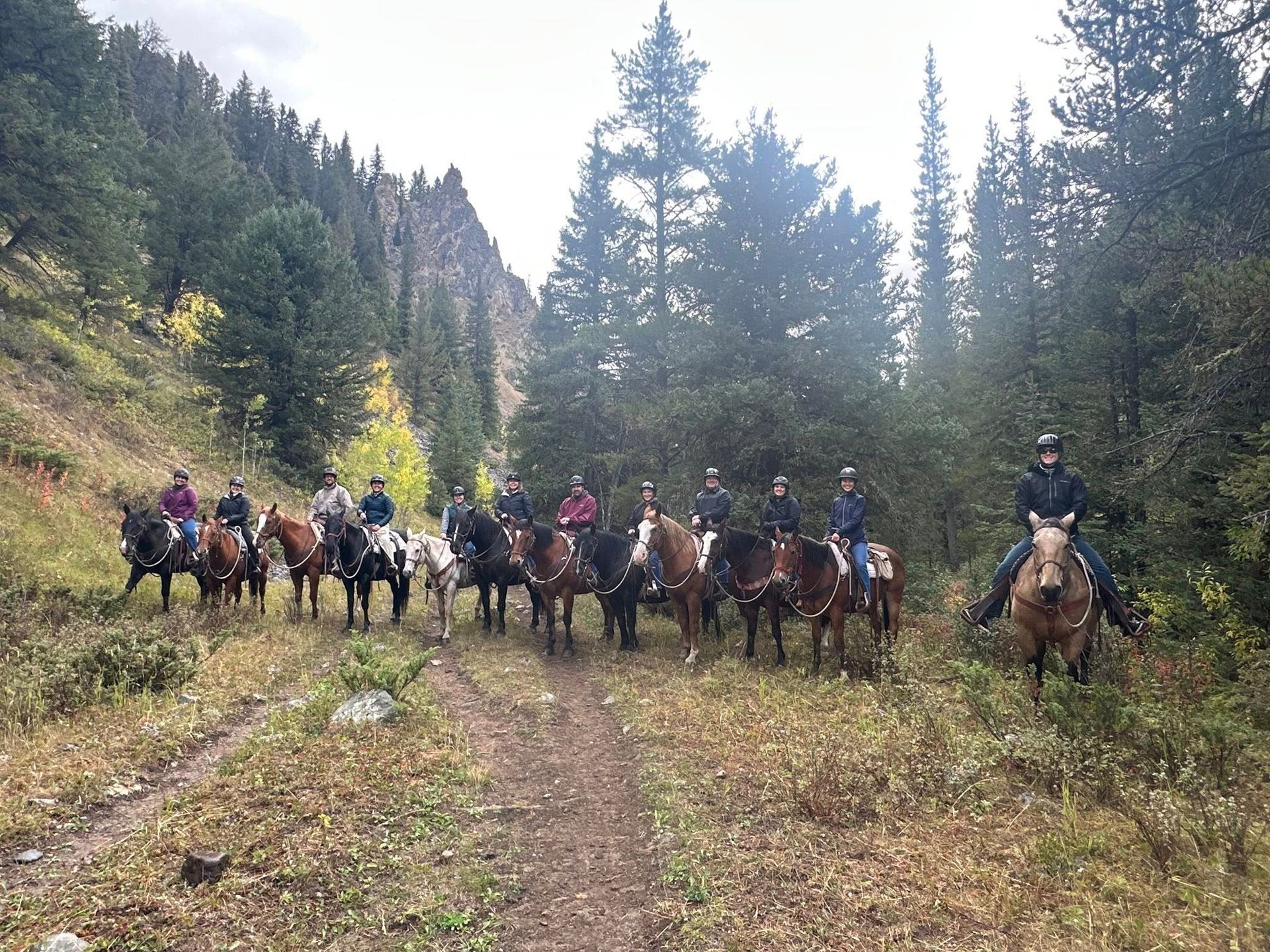
Caring for horses takes a team—and at the center of that team are equine veterinarians. But the reality is that many vets leave equine practice within their first 5–10 years. Long hours, emergency calls, and the stress of running a business can make it difficult for even the most passionate doctors to stay in the field. For horse owners, that means fewer veterinarians to call on, longer waits for appointments, and the risk of losing trusted relationships just when horses need care the most. Decade One was created to change that.
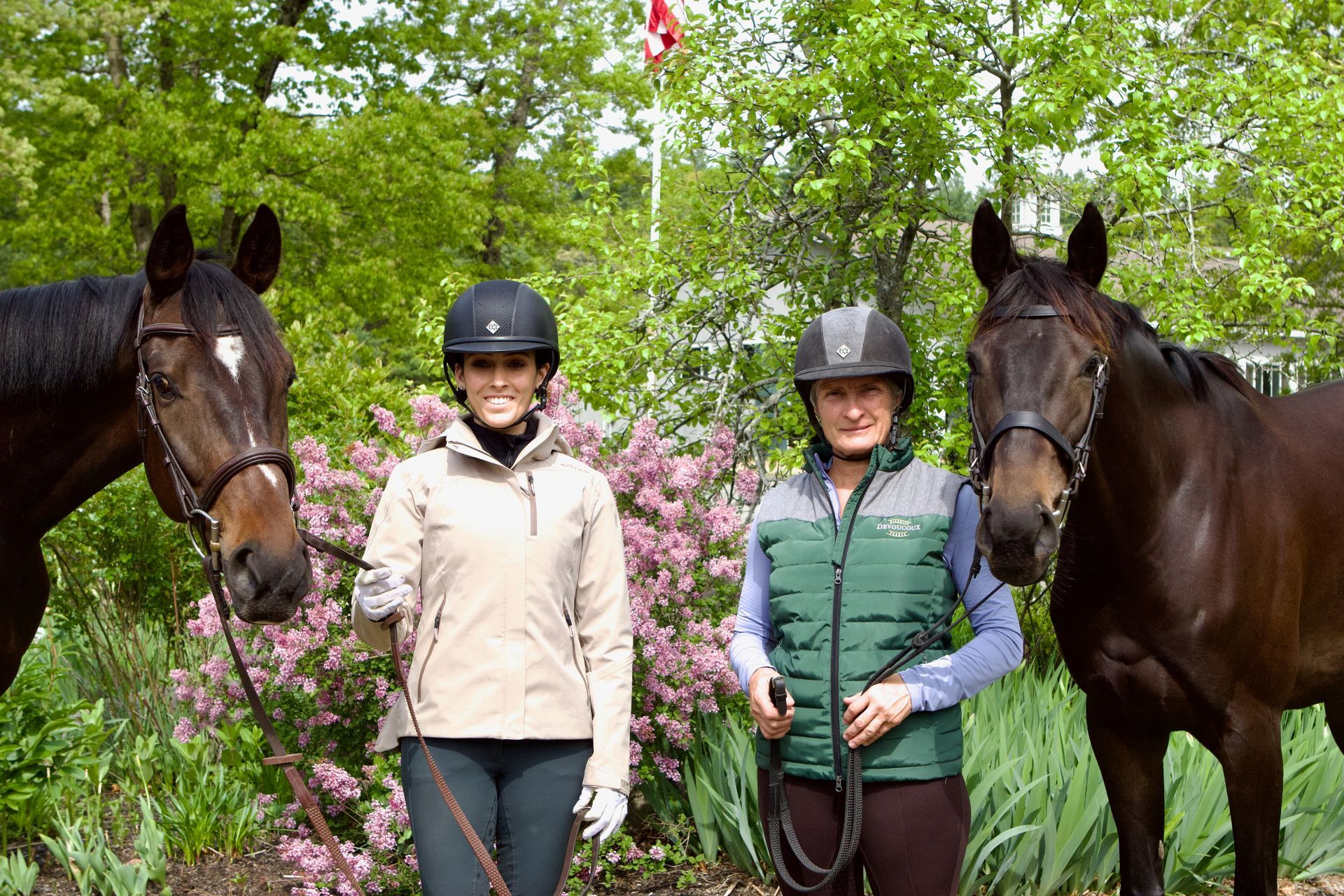
In the heart of Apple Knoll Farm, two dedicated horsewomen and long-time clients of NBEA, Adrienne Iorio and Julia Grella, are embarking on an extraordinary journey—one filled with transformation, determination, and the undeniable spirit of the Thoroughbred. Their partners in this challenge, Jasmine (Caribbean Night) and Gus (Magnetic Appeal), are no strangers to the competitive world. Once fierce contenders on the racetrack, these athletic Thoroughbreds are now stepping into a new chapter, where training meets trust, and a second career takes shape. Through the 2025 Retired Racehorse Project Thoroughbred Makeover, they will evolve into polished competitors, their talents shining brightly on the grand stage of Kentucky Horse Park this October. But this isn’t just about competition—it’s a celebration of possibility. The Thoroughbred Makeover, hosted by the Retired Racehorse Project (RRP), is the largest Thoroughbred retraining event in the world, proving time and time again that these horses are more than their race records. With disciplines ranging from dressage and show jumping to ranch work and eventing, the Makeover showcases their adaptability, heart, and limitless potential for success beyond the track. Meet the Stars of the Journey: Caribbean Night ("Jasmine") – A 2019 mare by Cross Traffic, Jasmine left her mark on the racing world with 28 starts, 3 wins, 7 seconds, and 4 thirds, earning $67,416 along the way. Magnetic Appeal ("Gus") – A 2021 gelding by Enticed, Gus showed promise with 12 starts, 2 wins, 1 second, and 1 third, securing $24,400 in earnings before finding his way to this exciting new challenge. As we cheer on Adrienne, Julia, Jasmine, and Gus, we celebrate not just their hard work, but the incredible journey of all off-track Thoroughbreds that make up a large percentage of the horses that we work with and support—their resilience, their versatility, and their boundless future beyond the track.

Discover the remarkable story of Penny, an 18-year-old chestnut Quarter Horse mare, who defied the odds to regain her soundness after a severe leg injury. Follow her inspiring journey from a crippling diagnosis to a triumphant recovery, all thanks to Dr. Shen's innovative care and unwavering dedication. Penny's story is a testament to resilience, hope, and the extraordinary bond between a horse and her vet.
